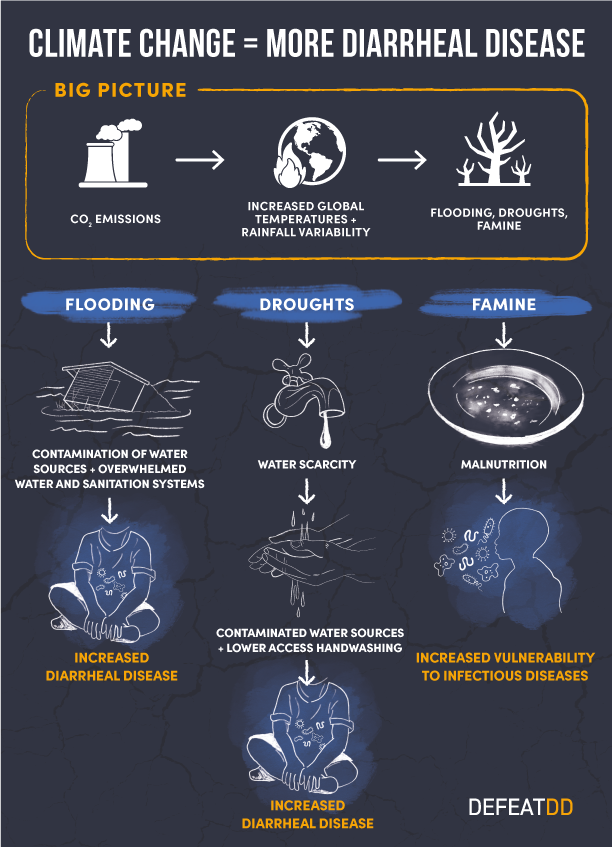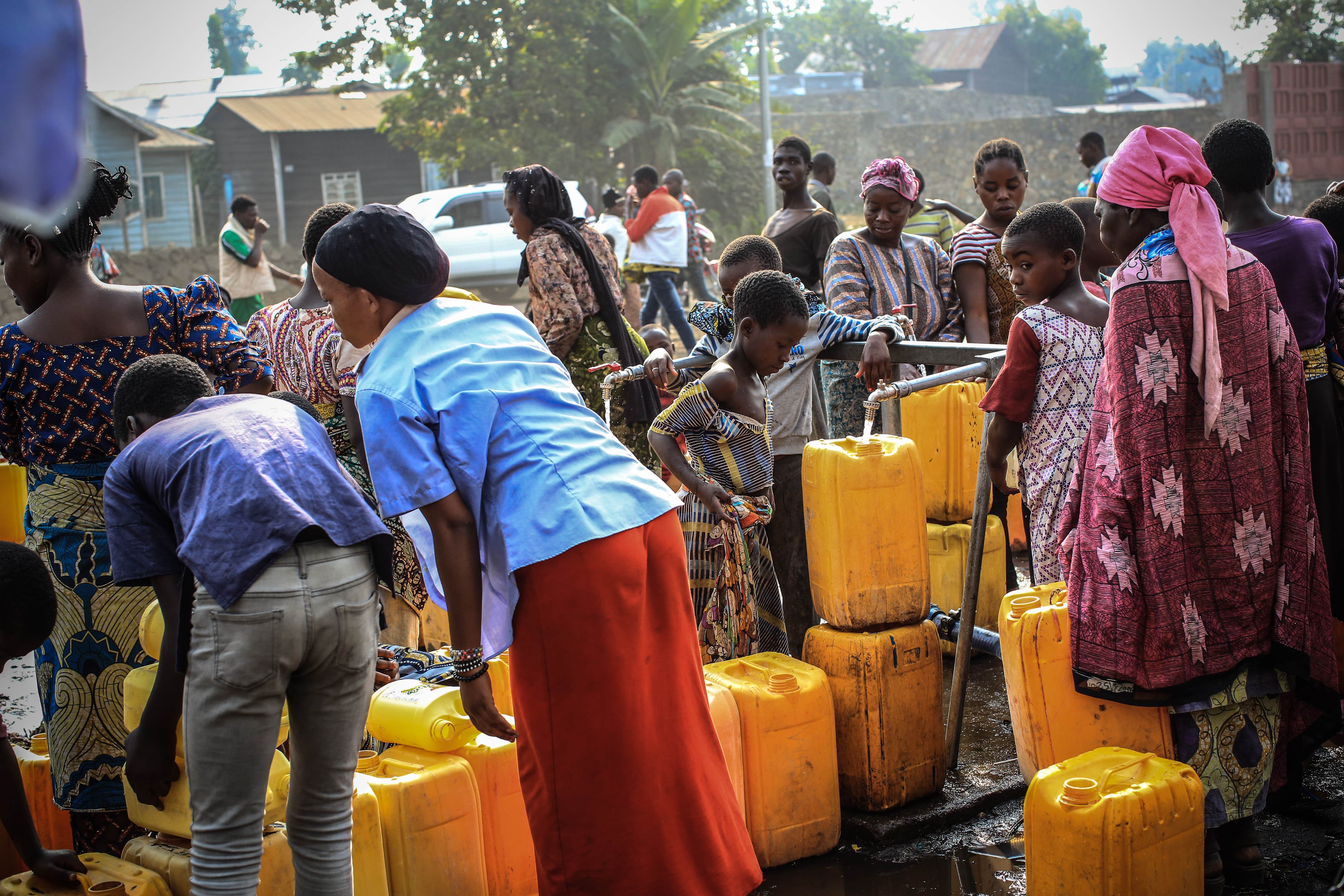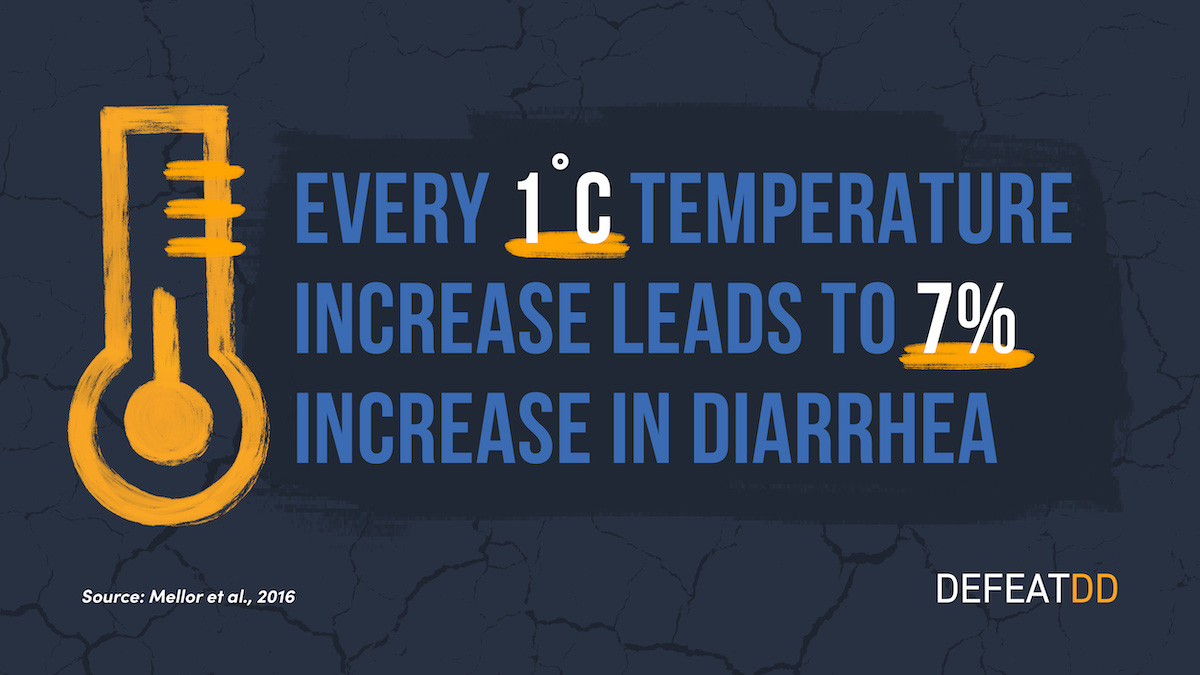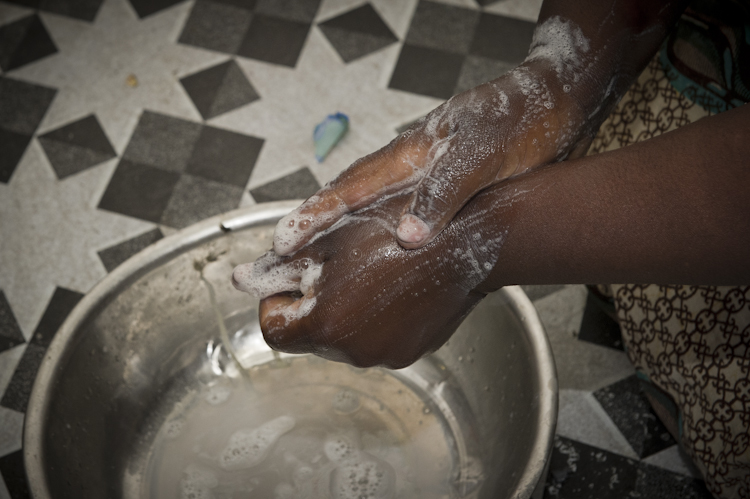Climate Change = More Diarrheal Disease
|

Poor sanitation exacerbates waterborne illness such as diarrhea, cholera, and typhoid. As climate extremes become more common due to climate change, they will put stress on the world’s water and sanitation systems – many of which are aging, poorly planned, or nonexistent. This means more outbreaks of waterborne disease, and those without access to safely managed sanitation – almost half of the world’s population – are at the greatest risk.
Flooding and heavy rainfall overwhelm water and sanitation systems, leading to contamination of water sources with diarrheal pathogens and, ultimately, more diarrheal disease. Droughts and fires result in water scarcity, leading to the use of unsafe water sources and lower access to handwashing, which also causes increased diarrheal disease. Finally, climate change-linked famine and malnutrition will also put children at increased risk of all infectious disease, putting more urgency behind prevention efforts.
Check out our 'Untapped' campaign to learn more about climate change and diarrheal disease!












